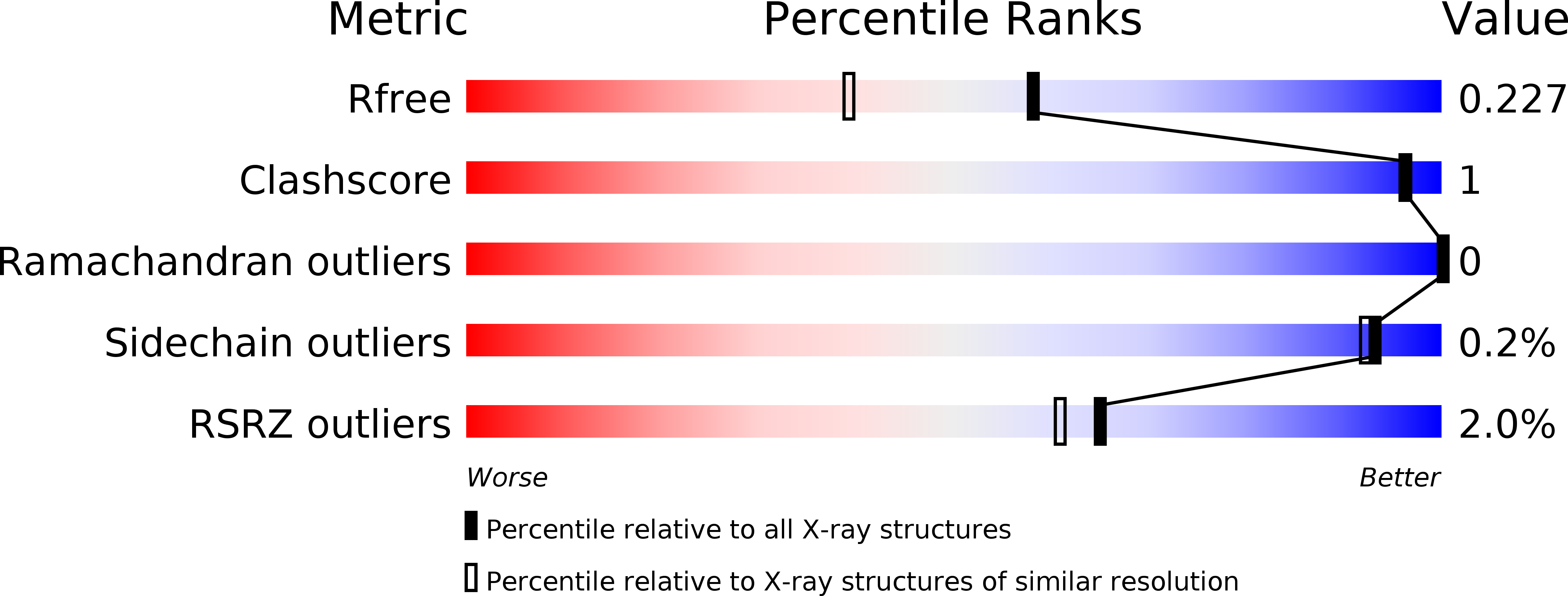
Deposition Date
2013-08-08
Release Date
2014-10-08
Last Version Date
2024-11-20
Entry Detail
PDB ID:
4M62
Keywords:
Title:
Ontogeny of recognition specificity and functionality for the anti-HIV neutralizing antibody 4E10
Biological Source:
Source Organism:
Homo sapiens (Taxon ID: 9606)
synthetic construct (Taxon ID: 32630)
synthetic construct (Taxon ID: 32630)
Host Organism:
Method Details:
Experimental Method:
Resolution:
1.80 Å
R-Value Free:
0.21
R-Value Work:
0.18
R-Value Observed:
0.19
Space Group:
P 21 21 21


